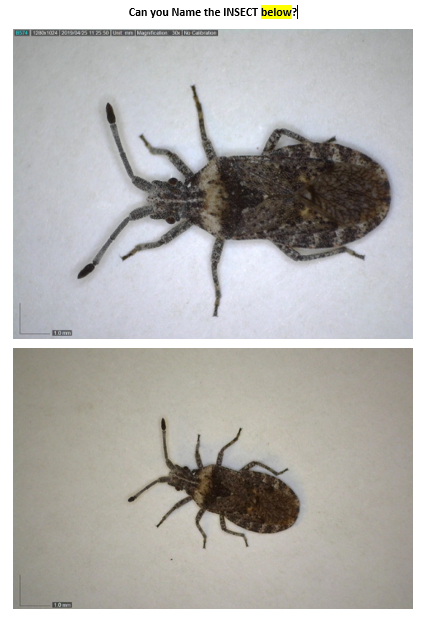Jan 27, 2021
Contact Herbicides
Contact herbicides are those that only affect the part of the weed that they “contact” They don’t move into or affect any other part of a plant. They were the first herbicides used and surprisingly, they still are better at controlling some weeds than any other products that have been developed. They usually control only small weeds with good coverage although some of them will kill large malva , Purslane and some other difficult to kill weeds. Goal, Sharpen, Treevix and Gramoxone, which are all contacts, will kill malva and purslane while systemic herbicides like Glyphosate and 2,4-D, misses them. Maestro or Bucril (Bromoxynil), also an old contact, will kill swinecress while many systemics like the growth regulators ,miss it. Glufosinate( Liberty, Rely) is a contact that is very broad spectrum and kills more grasses and broadleaves than many systemic herbicides. These all work very fast and in this age of immediate gratification ,you don’t have to wait long. Most have little soil residual activity (except Goal, Chateau and a couple others) Goal and Chateau are contacts but used mostly preemergence to the weeds. They “ contact” the weeds when they emerge at the surface. which is a benefit where double or triple cropping is common. Most( again except Goal) are not volatile but will cause pretty clear contact injury when the spray moves to sensitive crops. Paraquat was registered in 1959 and is still a very useful tool for desiccating plants. Many restrictions have been put on its use because of its toxicity to humans. Most contact herbicides are non-selective and will injure most living plant tissue. They are used selectively with directed spray or timing. Adjuvants are often required to increase absorption, spreading and sticking.

To contact Marco Pena go to:
marcop@ag.arizona.edu

 To contact John Palumbo go to: jpalumbo@ag.Arizona.edu
To contact John Palumbo go to: jpalumbo@ag.Arizona.edu







